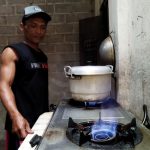
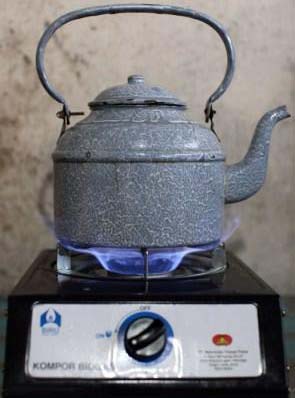
Biogas Stove
20 February 2020 0 CommentCooking is one the main uses of biogas. The gas from the reactor is used as fuel for the stove. A BIRU stove is not unlike a regular one-burner LPG stove. A one-burner biogas stove on average consumes 350-400 liters of gas per hour.
Read More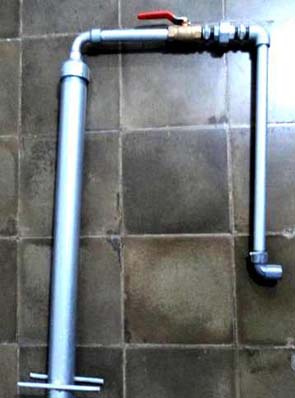
Main Gas Valve
0 CommentThe main gas valve is an important element of the biogas reactor. The valve is installed between the main gas-collecting pipeline and the pipeline system. It controls the flow of gas in the whole pipeline system, and must be opened and closed as needed. The valve prevents gas loss due […]
Read More
Mixer
0 CommentThe use of the mixer is to prepare feed for the reactor by establishing correct mixing between materials (manure and water) which must be galvanized and constructed properly. The mixer is positioned within the inlet tank. A domestic biogas unit must use a vertical mixer of high quality.
Read More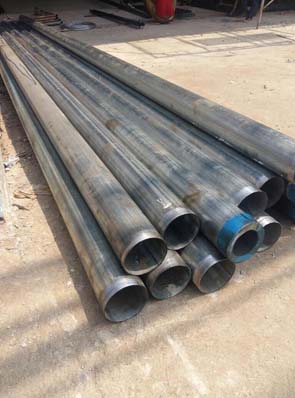
Pipelines
0 CommentBiogas is produced in the reactor and stored in the gas storage dome, then circulated by the pipeline system. Any damages in the system may result in an irregular flow of gas usage.. Pipes used to circulate gas must be of high quality. A galvanized-iron pipe is excellent for this […]
Read More
Water Drain
0 CommentBiogas flowing within the pipeline may get saturated by water vapor that condensates in inner wall of pipes. If not regularly drained, the water can clog the pipeline and block gas flow. If this clogging occurs, biogas flame in stove will appear yellowish in color for quite a long time […]
Read More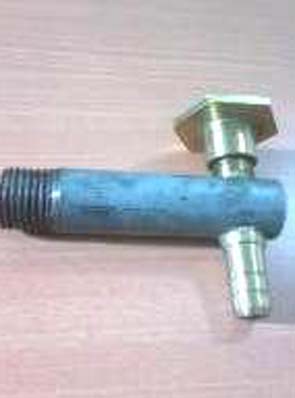
Gas Valve
0 CommentGas valve is installed in the pipeline to regulate the flow of gas to the stove. This will help achieve an optimum gas usage. Biogas in the pipeline will reach high pressure (indicated by the pressure gauge) when bio-slurry is overflowing in the outlet, which means the gas dome is […]
Read More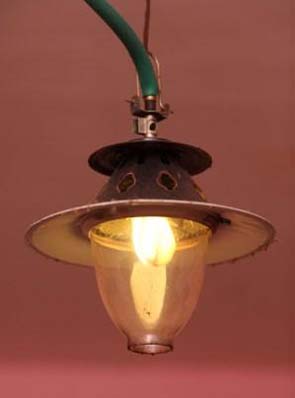
Gas Lamps
0 CommentGas from a domestic biogas reactor can be used as energy source for lamps. This is particularly useful in areas without access to electricity. There are various types of biogas lamps available in Indonesia, and all are very easy to operate. A BIRU lamp is not unlike a kerosene lamp, […]
Read More
